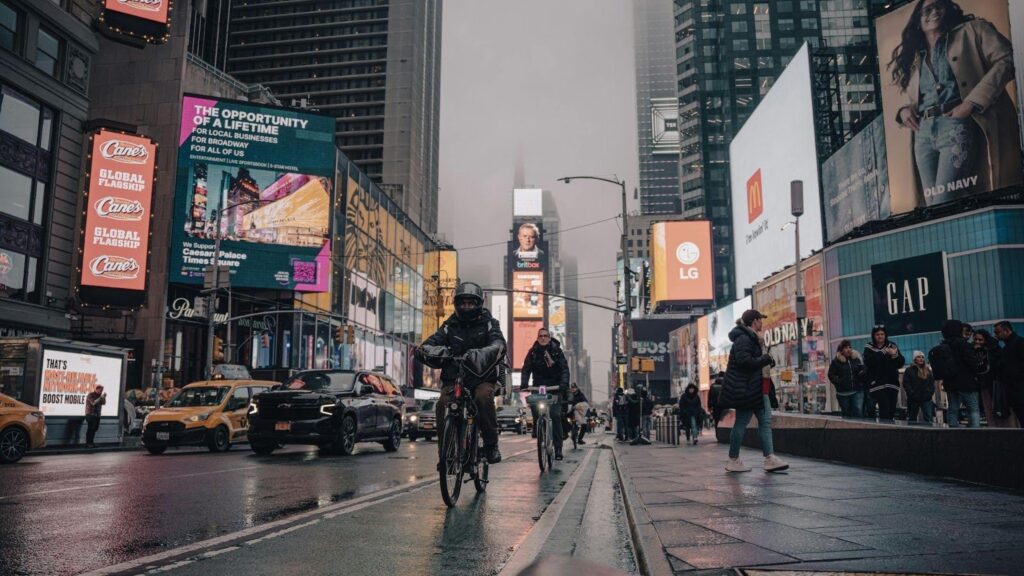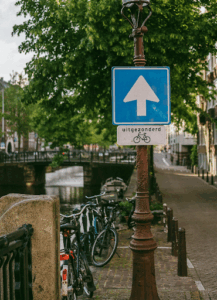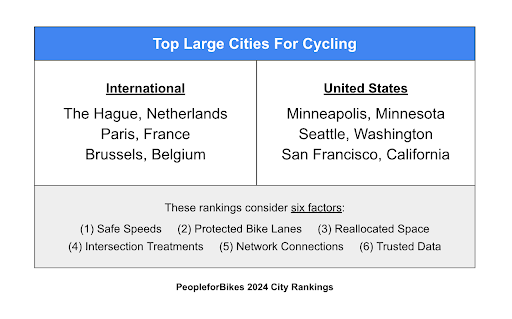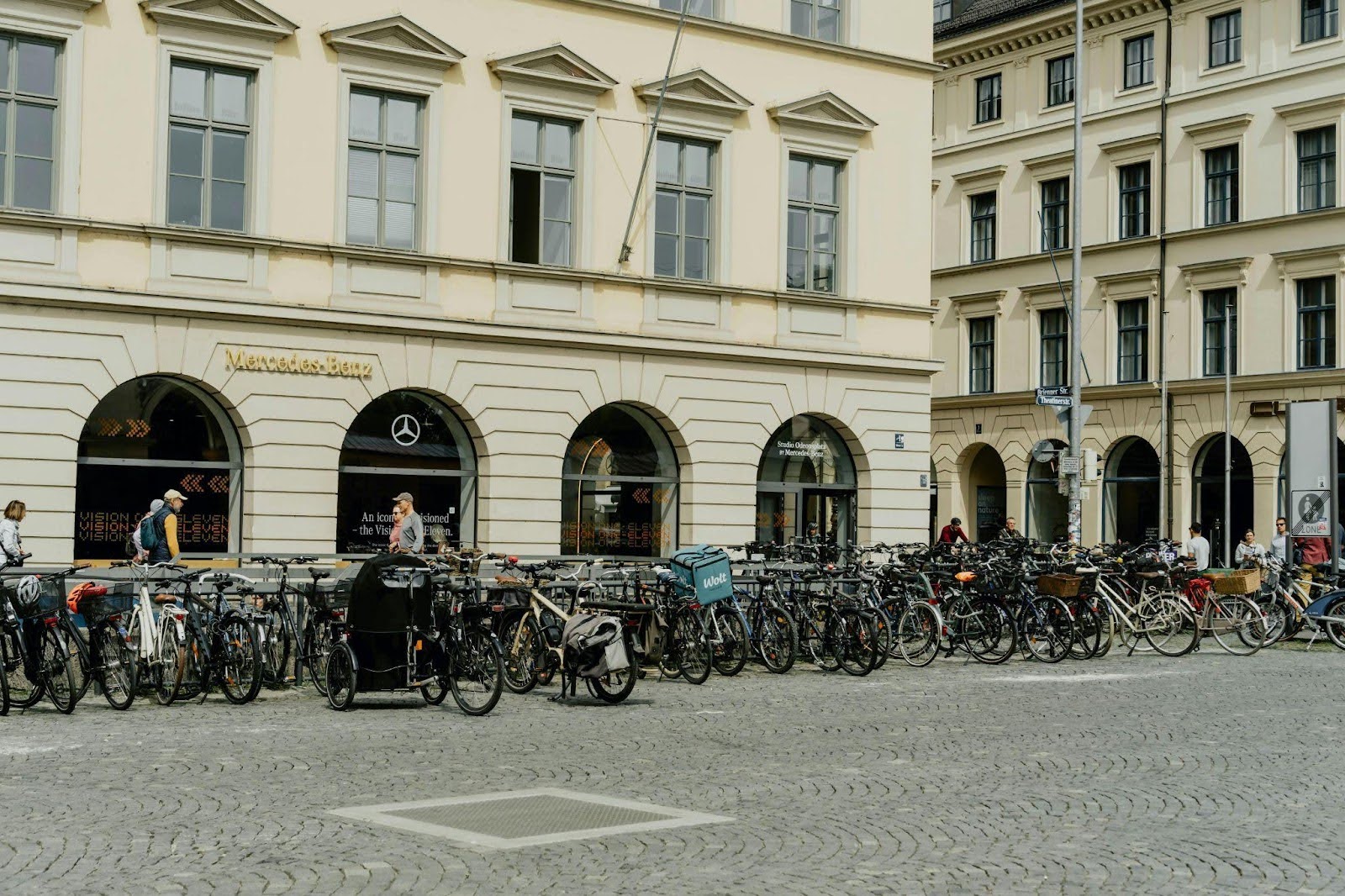
Explained: Why Cycling in Europe Is More Popular Than in the United States
As a personal injury bicycle attorney, I often get questions beyond the legal realm. One I hear the most is:
“Why is cycling more popular in Europe than in the United States?”
The answer is layered, but in short, cycling in Europe vs United States comes down to three major factors:
- Infrastructure
- Culture
- Government support

⸻
1. Infrastructure: Built for Bikes, Not Cars
European cities like Amsterdam, Copenhagen, and The Hague are globally recognized for their robust cycling infrastructure. These cities are designed around bike mobility, featuring:
- Protected, well-maintained bike lanes
- Dedicated bike traffic signals
- Ample, secure bike parking
- Compact city designs that make cycling the fastest way to get around
By contrast, many cities in the U.S. are built for cars. Urban sprawl, limited bike lanes, and car-first traffic designs make it riskier—and often frustrating—for cyclists.
🔗 Related: Explore the PeopleForBikes 2024 City Ratings

A recent ranking by PeopleForBikes shows just how far behind the U.S. is. Among cities with populations over 300,000:
- Europe dominates the top 19
- Minneapolis is the first U.S. city to appear—at #20
- While Minneapolis ranks highest among large U.S. cities, it still places only #91 globally
Still, there are some bright spots. For example:
- Even with recent investments—like
- New York State’s $743 million in pedestrian and bike improvements—the U.S. is still playing catch-up.
- However, this is still catch-up work, while countries like the Netherlands have spent decades making biking a cultural norm
⸻
2. Culture: Daily Transport vs Weekend Hobby
In Europe, cycling is not just a sport—it’s a way of life. People across all age groups use bikes to commute, shop, and socialize.
Compare these stats:
- 🇳🇱 Netherlands: ~28% commute by bike
- 🇩🇰 Denmark: ~18% commute by bike
- 🇺🇸 United States: <1% commute by bike
(Source: U.S. Census Bureau)
Why the difference? In the U.S., cycling is often viewed as recreational. But in Europe, it’s just how people get around.
And it’s not just commuting. Bicycle ownership speaks volumes:
- Netherlands: 17M people, 22.8M bikes (over 1 bike per person)
- U.S.: Just over 50% of Americans own a bike
This highlights a deeper difference: in the U.S., biking is often recreational, while in Europe, it’s a reliable mode of transportation.

⸻
3. Government Support: Policy Drives Pedals
Cycling’s success in Europe stems largely from consistent government investment and policy support.
In Europe:
Bike Infrastructure: Continuous expansion of protected lanes and bike highways
Incentives:
Netherlands: Tax perks for company bike leasing
Germany & France: Subsidies for e-bikes
Integration: Biking is embedded in climate, health, and urban transport strategies
In the U.S.:
Programs like the Bicycle Commuter Act exist
States like California and Colorado offer some rebates
But overall? Funding is patchy, and policies are often reactive instead of forward-thinking
⸻
A Tale of Two Cities: New York vs Amsterdam
New York has made commendable investments to improve cycling.
Amsterdam, however, didn’t need to “improve”—they’ve had a successful system in place for decades.
It’s a powerful example of what’s possible when cycling is proactively prioritized over time.
⸻
Visiting California from Europe? Injured While Cycling?
Cycling in Europe vs United States isn’t just about convenience—it can be a safety issue. If you’re a cyclist injured while visiting California, you have legal rights—even if you’re not a U.S. resident.
⸻
Need Legal Help After a Bike Accident?
At Paceline Law, I treat every case like riding in a paceline:
You lead—I reduce the headwind.
If you’ve been injured in a bike accident, let’s explore your options and move forward together.
Contact me today for a free consultation.
